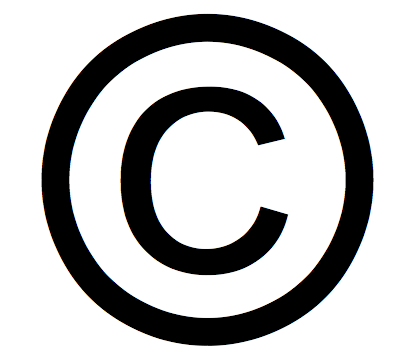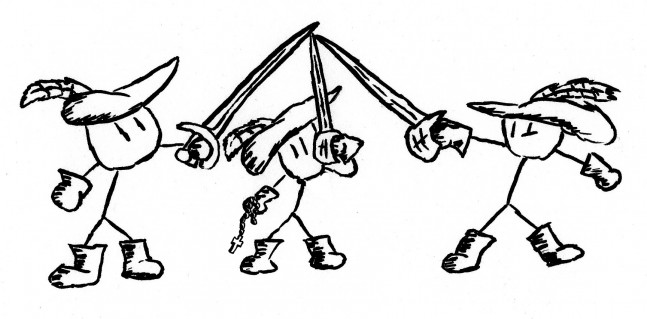Innovation should be on the roadmap of any company that boasts of being competitive. But, to really be effective, it must be protected. The patent is one of the most recommended options.
Prepare a good tip
Evaluate the costs and benefits of the patent. Among the first, you have to assess both the tangible costs (the costs of processing, maintenance, monitoring, the agent, the costs of translation and processing if you want to extend the patent internationally) and the intangibles (the risks of disclosure) .
You should sit down to analyze, above all, what kind of exclusiveness gives you the patent. This is: the possible exploitation rights, the possibility that this decision blocks competition and prevents competition from blocking us, if it gives you greater visibility and profitability, and if it facilitates access to technological cooperation programs, more access to grants. Secondly, you have to see if it is a good business argument for you and if it will be pleasant to the ears of your potential investors.
Analysis of the moment
If you are booting, you must anticipate any possible changes in the future line of research, so the wording of the patent must be broad enough to allow you to abandon a useless line and opt for a new one.
Do not disclose anything
One of the most serious mistakes is to make the invention public before filing the application at the Patent Office. One of the requirements of the patent is that it be a world first, the moment that innovation is made public through any channel, you lose the option to patent (hence the offensive nature of the patent: when you request it, you make that technology public and that prevents others from monopolizing it).
Wide wording ...
But with nuances: Mario Sol Muntañola, professor of Industrial and Intellectual Property at ESADE, advocates “a broad wording that allows us to include future modifications, but without the idiosyncrasy of your invention being diluted”. This wording should include the essential aspects that make your invention different because law firms are full of oppositions for bad patent writing. That is to say, it cannot be put in a patent that the wave receiver of a remote control is inside the motor, it must be specified exactly where that part is located.
... but without passing you
As Javier Martínez, professor of Intellectual and Industrial Property at IE Law School insists, “you have to be careful with which elements are included as essential, because that decision can be counterproductive: it could happen that a simple modification of elements that the inventor had claimed as essential without actually being so, would allow a competitor to carry out an activity that, otherwise, would have been an infringement of his exclusive right ”.
Protect yourself here and outside
In Spain there are three ways to patent, the national, the european and the PCT. The national takes place in al SPTO and it is the one indicated for minor inventions or those limited to the Spanish sphere. The European one takes place in the European Patent Office (EPO). It is not a patent that automatically covers all European countries, but a procedure that makes it easier for an application to be used to initiate registration in the states that are requested (out of a total of 20 countries that are covered by the agreement). For the concession you have to abide by the internal legislation of each country. It must be translated into one of the three official languages (French, German and English) and in some cases translation into the local language is also required (as is the case in Spain).
Keep in mind that each translation is a cost, to which must be added the costs of each country where it is finally patented. The process takes around 4 or 5 years.
Finally there is the PCT, managed by the World Intellectual Property Organization (WIPO). It is a kind of international patent that greatly simplifies the procedures: with an application in a single language you can choose between 120 countries and you have 20 months to test the viability of this option. After that period, you have to decide in which country to apply for the patent.
The cost of applying for a European or international patent can skyrocket up to 20,000 euros. (adding the costs of patenting in each country). Thus, we recommend that you find out about subsidies for industrial protection for Spanish investments outside of Spain.
Identify the market
As pointed out Juan Antonio Romero, from Elzaburu Industrial and Intellectual Protection, “It does not make sense to patent a mineral water bottler in a country where there are no springs. Recently, a Frenchman has invented a peanut paste with a high energy contribution and has patented it in countries of Sub-Saharan Africa, which is where it can really have a market ”.
Act with your head
If despite all the monitoring, you detect a infringementIt is advisable that you go to a local specialist who can defend you, because tactics vary remarkably from one country to another. "Here, for example, a burofax is often enough to avoid legal proceedings, but in the US that can harm you," he says. Rafael Garcia del Hoyo, partner ofCremades & Calvo Sotelo. In addition, you must bear in mind that every time you exercise the right to oppose a patent, it will cost you ...
Fountain:
entrepreneurs.es
Julia Coronas














No Comment